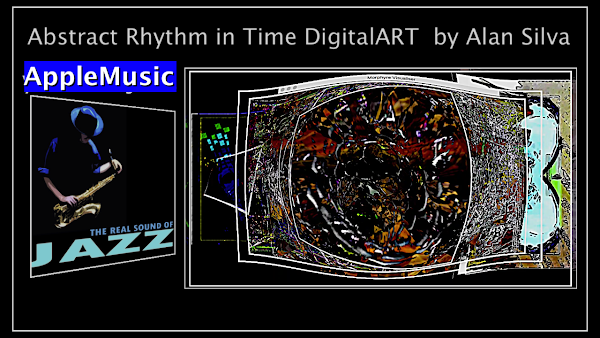Tribute to Stanley Cowell With Apple music Jazz Abstract Rhythm in Time DigitalART by Alan Silva

A superb modern jazz pianist, Stanley Cowell is a highly regarded artist whose work often pushes the boundaries of forward-thinking hard bop without ever falling into completely avant-garde territory. Born in Toledo, Ohio in 1941, Cowell began studying piano around age four and first became interested in jazz after gaining exposure to the music of pianist Art Tatum, a family friend. After high school, he attended both the Oberlin College Conservatory and the University of Michigan, during which time he also gained valuable experience playing with Rahsaan Roland Kirk. In the mid-'60s he moved to New York City, where he played regularly with such luminaries as Marion Brown (1966-1967), Max Roach (1967-1970), and the Bobby Hutcherson-Harold Land Quintet (1968-1971). As a leader, Cowell debuted on the Arista-Freedom label with 1969's Blues for the Viet Cong, followed that same year by Brilliant Circles. He then moved to ECM for 1973's Illusion Suite. Also in the early '


